One evening I was working with a group of young athletes from various sports, and one stood out because of the way her body wasn’t responding to the warm-ups. This fourteen-year-old was pale and appeared very sluggish and somewhat disoriented. I pulled her aside and asked how she was feeling. She told me that she played six soccer matches over the weekend, had basketball practice earlier that day, and games scheduled for the next three days. She then went on to tell me that she hasn’t been able to sleep or eat much because of her crazy sport and school schedule, adding that her muscles and bones were aching. Therefore, I sent her home to rest. This wasn’t the first time that I have witnessed this in a young athlete.
Over the past 10 years, participation in youth sports has become very popular and time consuming for both the athletes and the parents. It is estimated that 45 million kids participate in an organized sport but by age 15, 80 percent of them quit1. With schoolwork, practices, games and traveling there isn’t much time for rest and recovery, especially if they are playing multiple sports. Both strength coaches and sports physical therapists encourage young athletes to play more than one sport to help prevent injuries and burnout; however, managing time and making sure there are breaks throughout the year is critical.
Top strength coaches and health care providers continue to research and understand the needs of young athletes to help reduce injuries. Following are steps to help take a proactive approach to improved self-care in the midst of year-round sports competition:
1. It is my experience that young athletes need to take breaks throughout the year, especially after a competitive week of long, hard tournament play. They can keep active but should try to do something relaxing and regenerative like swimming, yoga or just hanging out with friends. This should be done every couple of months.
2. Prioritize workouts to include enjoyable games, especially during practices. Monotony can be a killer to one’s mental attitude which can affect both physical and emotional stability. Games keep kids active and help avoid burnout.
3. Recovery is the most important tool in this discussion. Athletes must learn to rehydrate after practices/games, perform easy stretching/foam rolling, take contrast baths (hot/cold) and get plenty of sleep (7-8 hours minimum).
Educating coaches and parents to add support in this arena is also very important. Youth athletes need guidance, and coaches and parents can set good examples.
Michael Butler is co-owner of Kinetix Health and Performance Center in Palm Desert. He holds a state license as a physical therapist assistant, national certifications of distinction through the NSCA as a strength and conditioning coach, Poliquin International state coach and as a Full Body Active Release techniques practitioner. He can be reached at (760) 200.1719 or [email protected].
Reference: 1) Fiori JP, Benjamin HJ, Brenner JS, et al. Overuse injuries and burnout in youth sports: a position statement from the American Medical Society for Sports Medicine. British Journal of Sports Medicine 2014; 48:287-288.












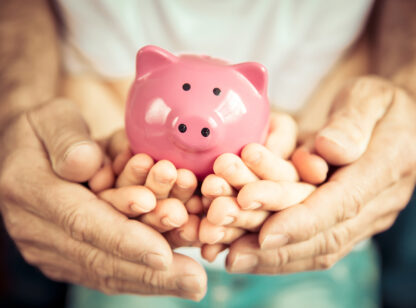


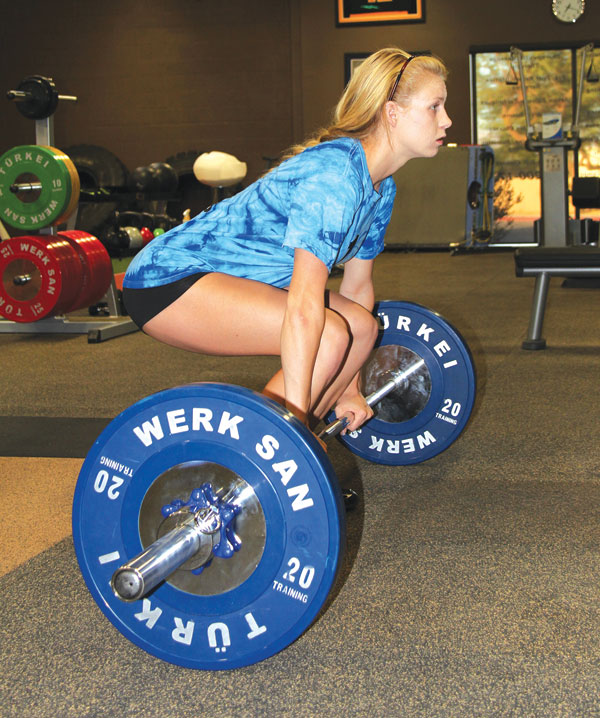



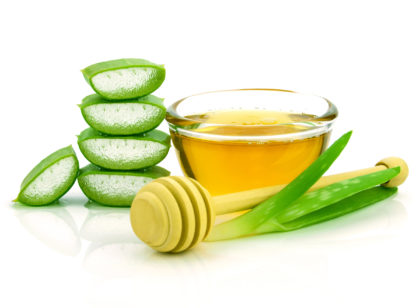



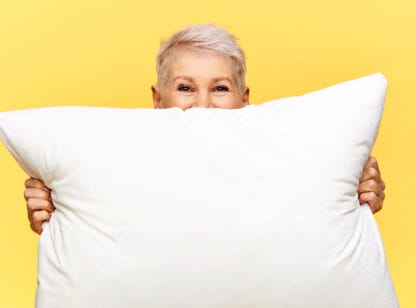










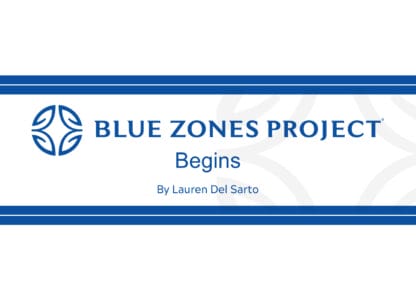











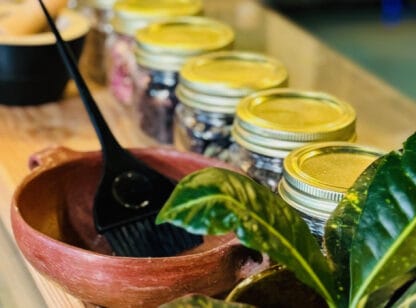
Comments (0)